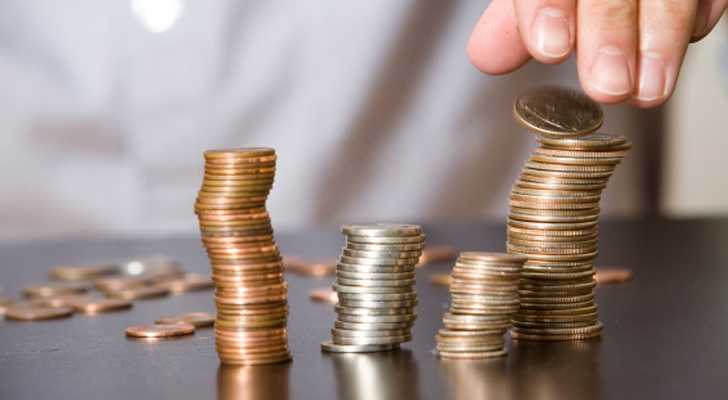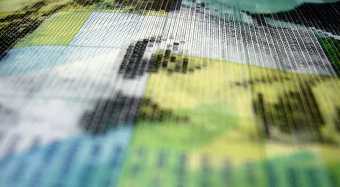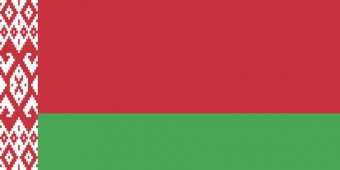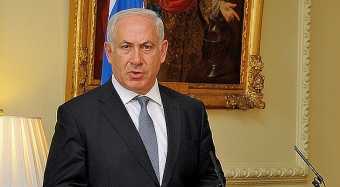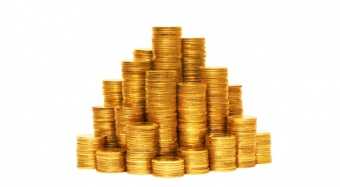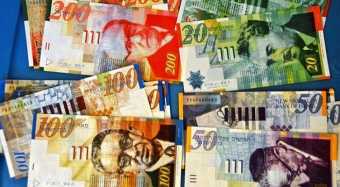The Central Bureau of Statistics revealed that the Israeli economy grew by 2.5% in 2015, a slight downturn from recent years.
The report found that while the economy grew by 3.3% in 2013 and by 2.6% in 2014, growth rates in 2015 were the lowest in six years.
Nevertheless, Israel's growth rate was relatively higher than in other Organization for Economic Cooperation and Development (OECD) states, which averaged 2%.
The International Monetary Fund (IMF) predicted last September that the Israeli economy will grow by only 2.5% in 2015, and hinted that the budget deficit target was actually much higher than the official target in the Ministry of Finance's forecasts.
The IMF's growth forecast was substantially lower than the Ministry of Finance's 3.1% growth forecast, but is consistent with the negligible growth shown by figures recently published by the Central Bureau of Statistics.
Overall, Israel's gross domestic product marked an annualized increase of 3.9% in the fourth quarter of 2015. The GDP rose 2.5% in the first quarter of 2015, followed by 0.3% growth in the second quarter, and a 2.4% increase in the fourth quarter of 2015. The report said that the GDP per capita, used to gauge the standard of living, added only 0.5% in 2015, compared to 0.6% in 2014 and 1.3% in 2013.
GDP per capita in terms of purchasing power parity was 85.3% the average per capita GDP in other OECD countries. In terms of GDP-to-price levels, the ratio of purchase power to exchange rates in Israel was 116% of the prices noted in other OECD states.
The CBS further noted that overall, Israel's available resources increased by 2% in 2015, a drop from 2.7% in 2014.There was a 4.9% increase in private consumption expenditure in 2015, as well as a 3.1% increase in public consumption, a 1.3% decrease in the exports of goods and services, and a 1.4% decrease in investment in fixed assets.
Real domestic income, however, rose by 4.8%, which the report attributed to improvement in trade and commerce terms. The business sector's output, the economy's main growth engine, rose by 2.3% in 2015 the lowest improvement rate since 2003.The government sector's deficit in 2015 came to 16.4 billion shekels (US$4.23 billion), or 1.4% of GDP -- an improvement from a deficit of 18.5 billion shekels (US$4.77 billion), or 1.7% of GDP in 2014, and of 23.7 billion shekels (US$6.11 billion), or 2.2% of GDP, in 2013.Exports of goods and services dropped by 1.3% in 2015, after rising 1.5% in 2014, while diamond exports fell by 20.4%. The imports of goods and services increased by 0.6% in 2015, following a 3% increase in 2014, while diamond imports fell by 14.8%.
According to the CBS, the large number of exits in the high-tech industry and the acceleration in the development of the Tamar offshore gas field have created a record surplus of US$13.8 billion in Israel's current balance of payments.
The overall surplus in the balance of payments over the past three years US$33.5 billion -- means more dollars are flowing into the Israeli economy than out of it, translating into a low shekel-dollar exchange rate, which averaged 3.9 shekels in 2015. This trend has seen the Bank of Israel purchased billions of dollars over the past three years, to offset low shekel-dollar exchange rates.
